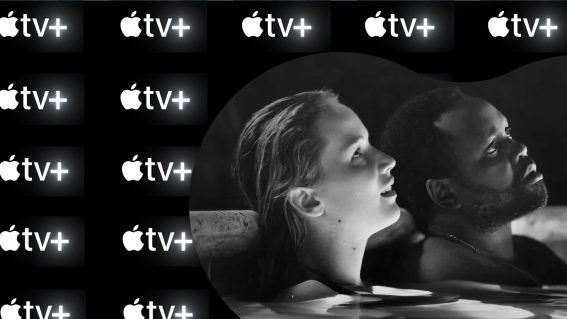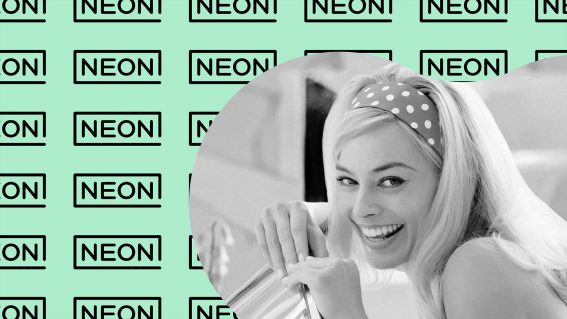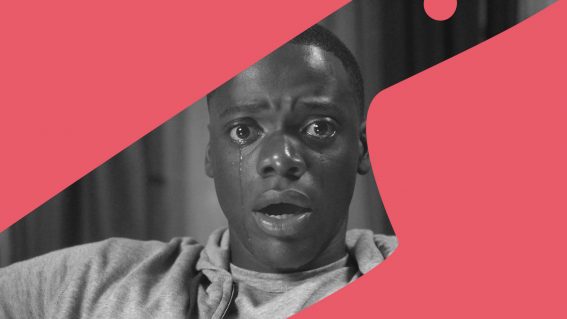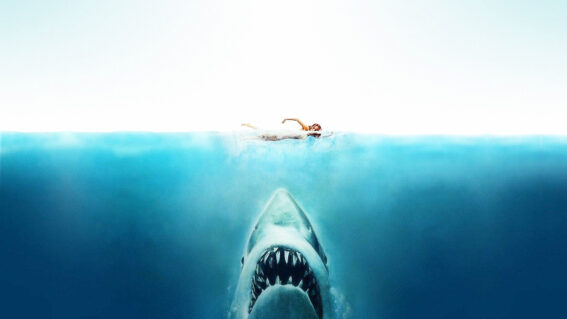Interview: ‘Ghost Bride’ director David Blyth
David Blyth is a New Zealand filmmaking legend, whose early features Angel Mine and Death Warmed Up are important entries in local cinematic history and who recently returned to feature filmmaking with Wound. Blyth quickly followed up that internationally well-received effort with Ghost Bride, a supernatural thriller following the romance between a young Chinese man and […]
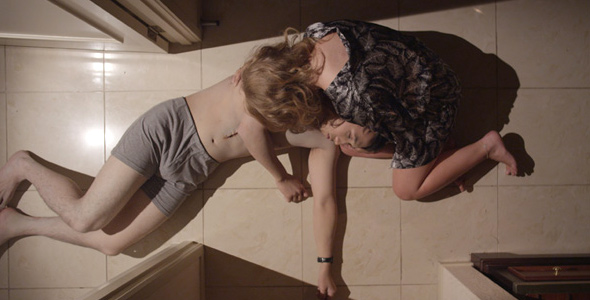
David Blyth is a New Zealand filmmaking legend, whose early features Angel Mine and Death Warmed Up are important entries in local cinematic history and who recently returned to feature filmmaking with Wound. Blyth quickly followed up that internationally well-received effort with Ghost Bride, a supernatural thriller following the romance between a young Chinese man and his Kiwi love. Ghost Bride premieres in New Zealand this Halloween as the launch film of the Asia Pacific Film Festival in Auckland. David Blyth answered a few of our questions ahead of his film’s unveiling.
Hello from Flicks. What have you been up to today?
It’s Monday, Labour Day. I have my 87-year-old father staying for the long weekend. Craig Parkes, the Producer of Ghost Bride, called to let me know he has just delivered the DCP of Ghost Bride to Rialto Cinemas. What a great relief to be all finished at the production end. This means we are now set for a big week culminating in the premiere screenings on Halloween night of Ghost Bride.
It’s been a comparatively short time for you between ‘Wound’ and ‘Ghost Bride’. What do you think led to that?
Wound’s success created a momentum that gave me the confidence and focus to create another new project. That writing process went through a number of twists and turns as the new story evolved and I escaped the gravitational effects of the Wound story mind set.
The whole process still took three years.
There seemed to be strong international interest in ‘Wound’. Did that help the pace of getting ‘Ghost Bride’ underway?
Wound was selected for around 35 International Film Festivals, including our own local Film Festival. Wound was distributed in Australia, England, USA, Germany and New Zealand.
This meant I had a local and current profile which enabled me to attract key people to the project like Craig Parkes, Enya Chadderton, a return from Marc Mateo as Director of photography and Composer Jed Town.
A German distributor of Wound also invested in Ghost Bride and became Co-Producer. This enabled us to increase the budget considerably and move forward into production.
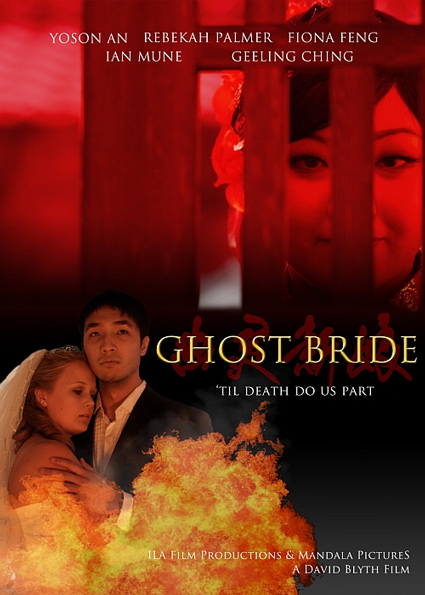
‘Ghost Bride’ obviously has some strong international elements woven into its fabric. How did the idea come together for you? Was the Chinese aspect of the story in place early on?
I found the poem below, while surfing the Internet, by 16th Century Chinese Poet Tang Xianzu, in the foreword of the Peony Pavilion from the Ming Dynasty, which deals with predestined love and the underworld. This became the springboard for the story.
情不知所起 Where does love arise?
一往而深 It wells up from the deep.
生者可以死 For love the living can die.
死者可以生 For love the dead can revive.
梦中之情何必非真 Let love in dreams be
Real or unreal.
Ghost Bride is a cross cultural story around marriage practice. In the East you can be married after death for eternity, while here in the West you have to be alive to be married and it’s all over when you die.
What are you setting out to convey with your film?
Ghost Bride is a mysterious visual journey into the unconscious parts of our shared cultural experience.
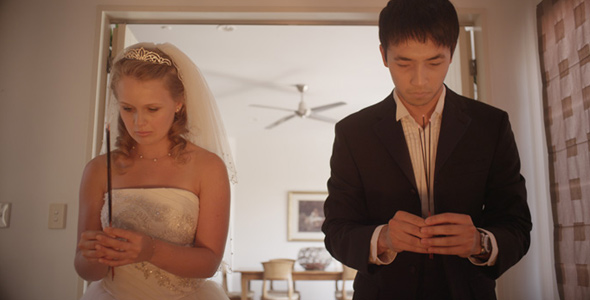
What is your strongest memory from filming?
The long hours on set, and how many important scenes were filmed at 3am in the morning..
Do you think your filmmaking style, with frequently dream-like elements, will help ‘Ghost Bride’ translate strongly to non-English-speaking audiences?
My films focus on visual and symbolic metaphors, which allow audiences to come to their own conclusions about the real nature of what is going on. This gives audiences a chance to take something from the film without relying on complicated plot points in dialogue or exposition that may not translate easily to other languages.
What is it like working on a feature in New Zealand outside the traditional Government funding schemes?
All feature filmmaking is hard work, whoever funds it. Funding whether private or State is going to have strings attached. The larger the budget, the greater the outside control.
The digital revolution has levelled the technological playing field, in that we can use the same 4k Red Cameras as used on Peter Jackson’s Hobbit. This makes us competitive despite the vast difference in budgets.
What different challenges exist to you as a filmmaker now compared to your early features?
The digital revolution has meant that traditional models of film distribution are fast disappearing and new distribution models are still forming. As regards film production, shoot time and budget still remain the fundamental challenges on any level of filmmaking. Budgets are never big enough, schedules are never long enough. Star power remains unaffordable.
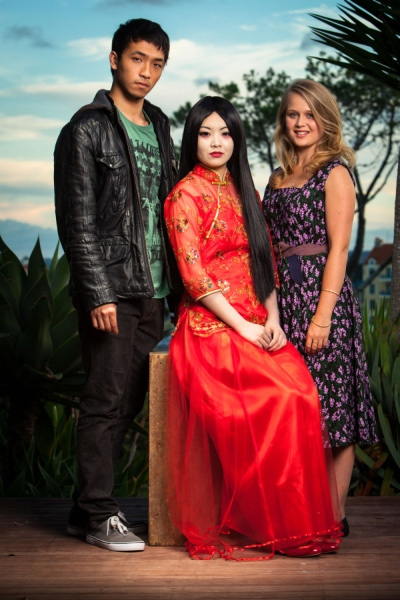
Who would be the best – and worst – possible people to bring along to your film?
The best people would be Kiwis who want to see a fascinating cross-cultural story about the Chinese supernatural set in New Zealand. Seven out of the nine characters are Chinese.
The worst people would be those expecting an American style horror/gore fest of insane violence, because they will be disappointed.
What was the last great film you saw?
Ghost Bride.
What are you thinking about doing next?
I have been researching and developing two new projects. Which of the two I do, will depend on Ghost Bride’s performance in the marketplace.
The budget one can raise dictates what and how a story can be told. I’m always looking out for ways to make great cinema cheaply.





